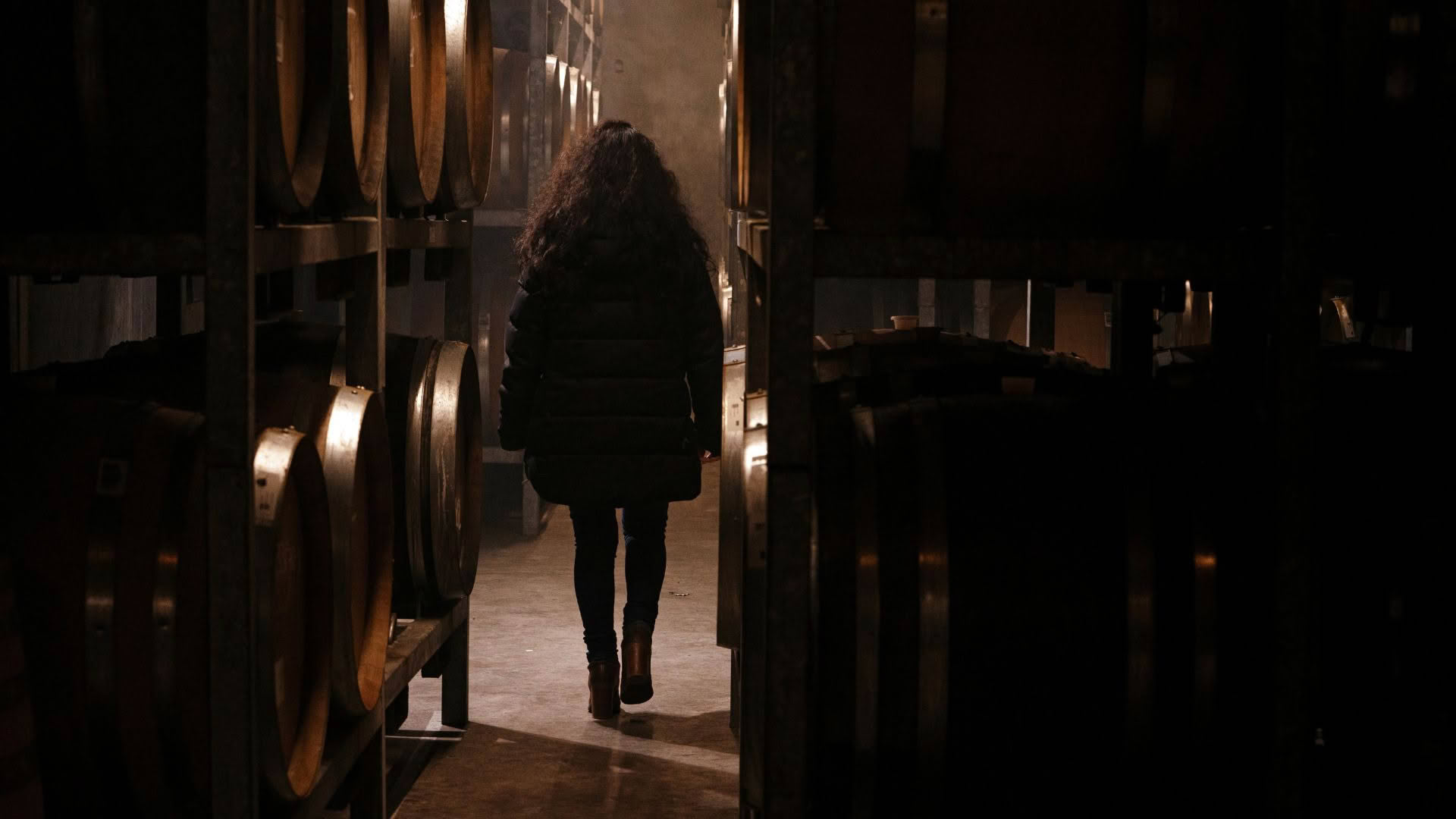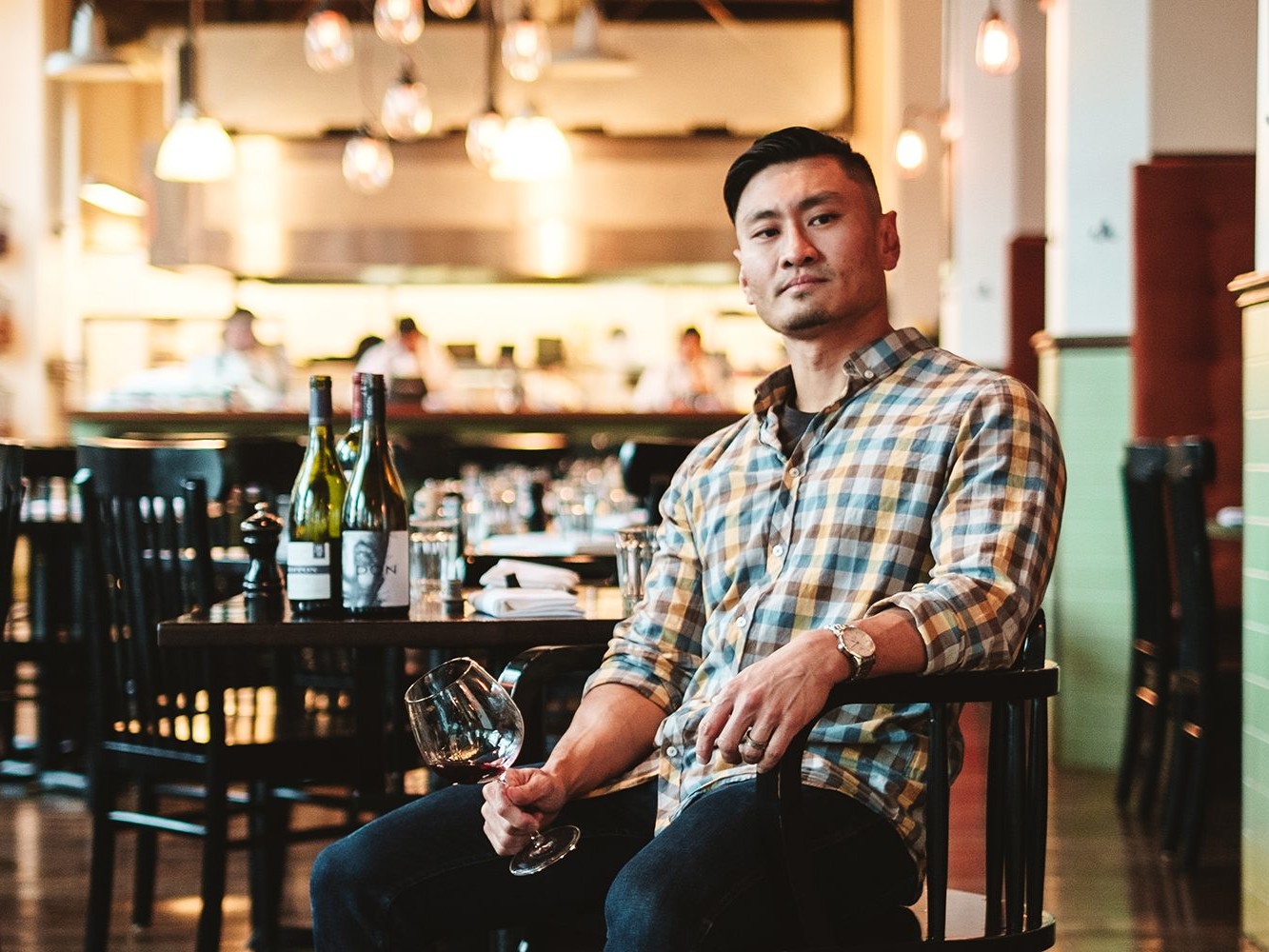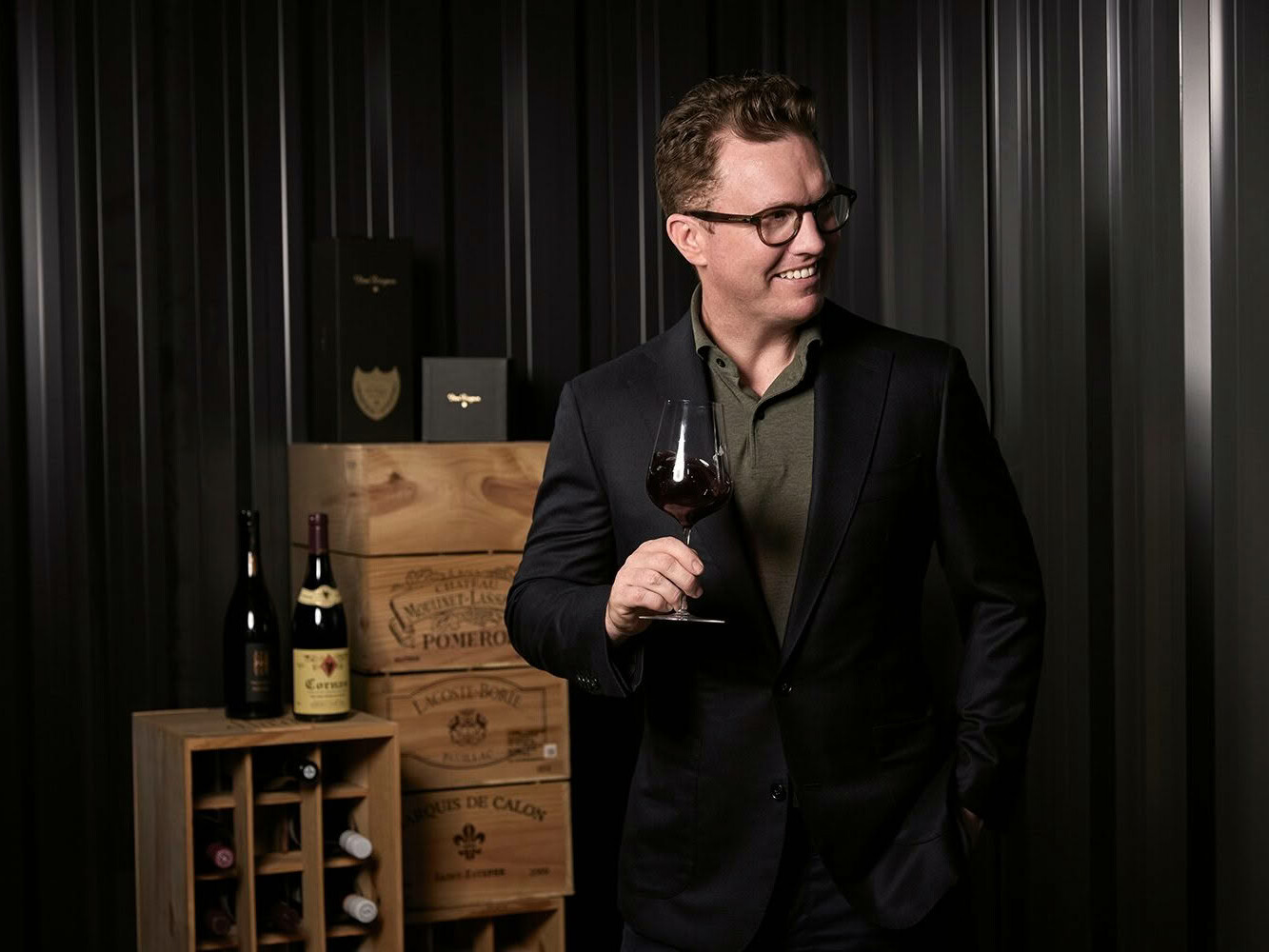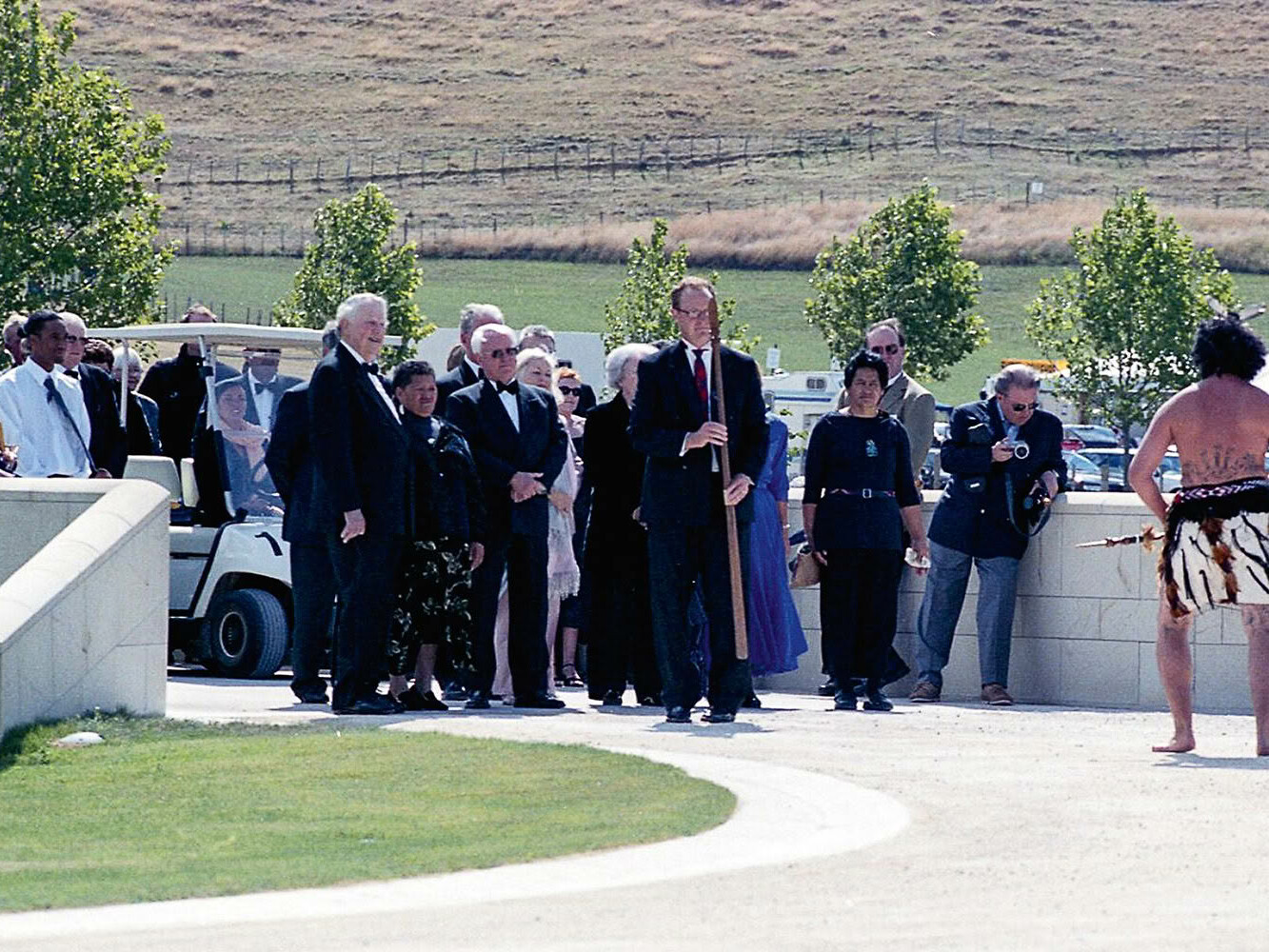When I turned 30, I was a fresh import to New Zealand working in a cocktail bar in Christchurch. My fellow bartenders gathered in my favourite local wine bar and cash was collected to buy this birthday girl a bottle of whatever my heart desired. I chose a bottle of Bollinger. Why? Because it’s Champagne, the definition of the good stuff. Also, as a hospo worker, when again might I be able to afford to sip on such luxury? Drinking that bottle with friends is a core memory. Even now, 17 years later, I recall how it made me feel; sophisticated and elegant – it didn’t matter that, at 30, I was neither.
There is just something about the global reputation that Champagne holds. This tiny province in the north-east of France makes sparkling wine from local grapes in a traditional method that is exalted as the gold standard. And it’s a reputation that is fiercely protected – woe betide anyone from outside the region who tries to call their méthode traditionnelle Champagne.
But what is not totally understood is that the name Champagne speaks only of the region where the grapes are grown and the sparkling wine is made, not the method by which it is made.
In Champagne, sparkling wine is made from a specific set of grapes in a way that secondary fermentation happens in bottle. Bottles are then riddled (slowly rotated) to collect sediment left by dead yeast cells in the neck of the bottle and then disgorged to remove that sediment. Finally, a cork replaces the crown cap that has been a temporary seal up to this point. The fact that this happens in the region of Champagne, is why it is called Champagne. There are many other regions where winemakers do all of the above to produce a sparkling wine but, as it hasn’t happened in Champagne, that sparkling wine is known as a méthode traditionnelle. One such region that you may be familiar with, is Marlborough.
While Marlborough is famous for sauvignon blanc, it is capable of so much more. Its climate, soils, winemaking culture and the depth of experience of the winemakers there are equally suited to producing méthode traditionnelle of exceptional quality. The long, warm days, ideal for grape-ripening, are followed by cool nights that help to preserve acidity. This slowing down of the ripening process preserves aromatics and, vitally, retains the high acidity that makes for a crisp, fresh sparkling wine.
The conditions are so perfect and the quality of sparkling wines produced here are so high that a group of méthode wine producers have created a collective called Méthode Marlborough. This group is modelled on the appellation system that has been in operation in Europe since the early 1700s. Appellations seek to define the identity, quality and authenticity of wines from a specific place and in doing so protect their reputation from nefarious types who may seek to profit from a wine’s great reputation with an attempt to pass off a subpar alternative.
In the case of Méthode Marlborough the criteria for membership is that:
- Wines must be grown, bottled, matured and disgorged in Marlborough.
- Wines must be made using the traditional method of production (this means secondary fermentation in bottle, riddling and disgorging).
- Wines must be produced with classic sparkling varieties only. These are pinot noir, chardonnay and pinot meunier.
- The wines must be aged for a minimum of 18 months on lees before disgorgement.
While a relatively small number of rules, they encapsulate the core principles of méthode traditionnelle production alongside a devotion to the role of Marlborough, acknowledging that the region itself plays a significant role in the quality of the wines produced. Grapes are grown and wine is made from start to finish within the region. This level of control protects jobs in the region as well as ensuring the very best iteration of these wines are picked, created, bottled and stored before being released, at just the right time, solely by the Méthode Marlborough members.
Today there are thousands of individual appellations throughout the world – France alone has more than 300. It is part of a global wine language that is spoken throughout the world. The founding of Méthode Marlborough allows New Zealand to tell our story of exceptional skill in sparkling winemaking and to bring that trusted message to the world.
Méthode Marlborough has 12 producers that have voluntarily aligned under one standard to set this quality benchmark for New Zealand sparkling wines. We know that our country already has a global reputation for quality, and demands a premium price for many food offerings. Méthode Marlborough has the ability to broaden our country’s premium wine offering. Well-crafted and ageable méthode is appealing to collectors, sommeliers and other luxury markets throughout the world.
The founding of Méthode Marlborough is an important step towards the global recognition of our sparkling wines and sets up a future where these wines have the power to be recognised for their distinct origin, quality, and style. This will protect not just the winemaker’s craft but also win the trust of global consumers. Through the lens of Méthode Marlborough, New Zealand’s méthode traditionnelle is so much more than a wine style, it’s a terroir-driven identity that the world deserves to recognise. This commitment by the founding members is a statement that New Zealand is serious about great méthode and we want the world to know it.
The big question is, can we hope to rival the prestigious vignerons of Champagne? It is, perhaps, an audacious suggestion but consider that while Champagne became trademarked in 1891 and protected under designation in 1936, the wine itself was first sold commercially as early as the 18th century. Nicolas Ruinart founded the first Champagne House in Reims in 1729 whereas New Zealand’s first commercial méthode was released in 1980 under the Montana brand. So, the French have had a more than 250-year head start in the craft. That centuries- long experience and experimentation is something we’ve had the good sense to learn from here in the new world in order to create our own bottled magic.
And while we can’t change the past we can look to the future. The New Zealand wine industry has a great deal of potential, as yet unfulfilled. Marlborough, for example, is twice the size of the wider Champagne region. While Champagne has more vine-planted area, much of the prime land is already planted and the strict appellation rules severely limit further expansion. Marlborough, however, has significantly more undeveloped land and, with fewer limitations on planting, has the potential to grow exponentially. Taking these factors alongside the modern luxuries of a digitally connected world and machinery that serves the 21st century winemaker, surely taking on the very best sparkling winemakers in the world isn’t as obscene a claim as it might have first seemed?
Of one thing I am sure, the most important step has already been taken with the foundation of the Méthode Marlborough collective.
So next time you are looking for a bottle of something special, remind yourself that while a méthode from the other side of the world is undoubtedly ‘the good stuff’, a méthode from Marlborough, where our own wine industry is still in its infancy, is equally as good and has the potential to be the very best of ‘the good stuff’.
Méthode Marlborough Day is celebrated on the last Friday of March every year. methodemarlborough.org




